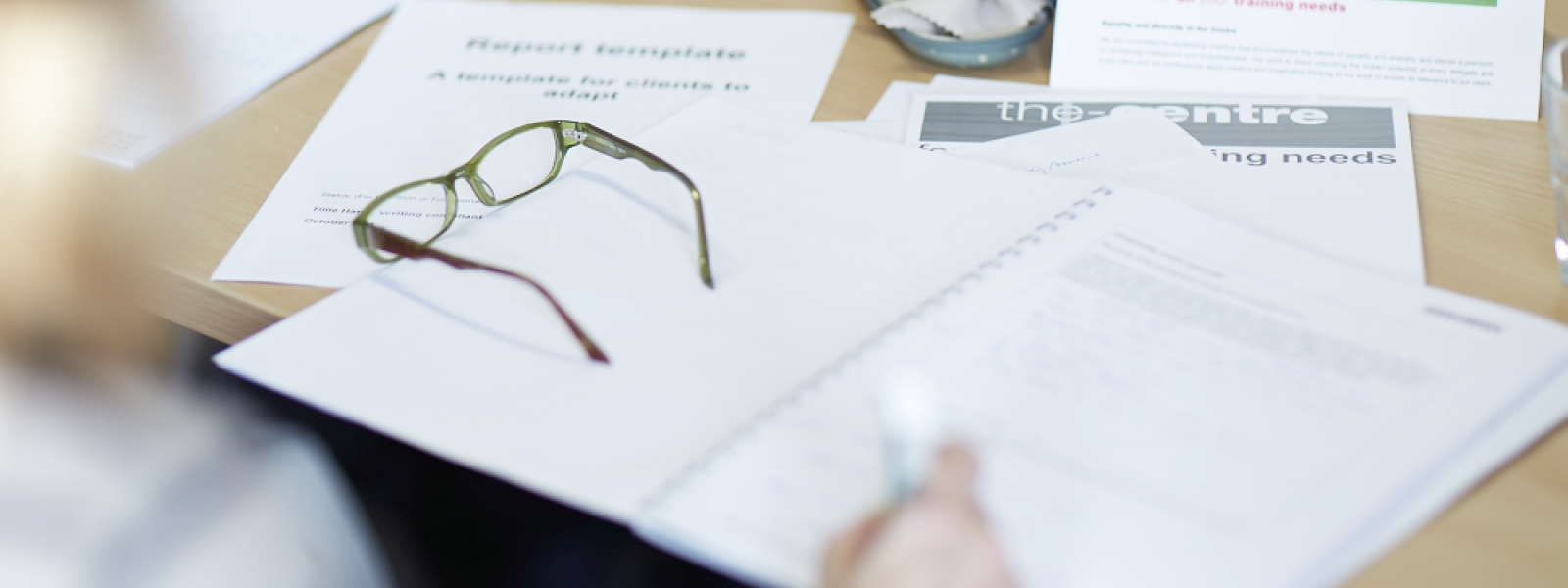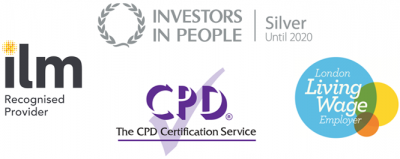Jun
24
2013
Top tips for Proofreading
Top tips on proofreading from our Proofreading training course:
- Avoid distractions. Try to proofread in a quiet environment, with no disturbances such as phones, music, background chatter and so on.
- Keep a dictionary and thesaurus handy so you can check words quickly and without getting distracted.
- Read very slowly; if possible, read aloud or even to someone else.
- Take frequent breaks if the document is quite long.
- Be methodical. Take one line at a time. Use a piece of paper to guide your eyes so that you don't inadvertently miss the odd line. Everyone's eyes may wander from time to time. Try putting a piece of paper over every word on the page other than the one you are proofreading.
- If you are proofing your own work, it's a good idea to try looking at the piece of writing with a new approach - changing the font and background colour will make it look and feel like a different piece of work. Try to leave a good gap between finishing the writing and proofing it. You'll spot more mistakes if you read it as though you have never seen it before or it's someone else's work.
- Try reading the text backwards. That will enable you to see each word for what it really is, rather than for what you take it to be.
- Once is not enough. Read the text at least four or five times to maximise your chance of finding mistakes. Try to do the first read as though you are reading for leisure and the next ones with your editor's hat on - looking for particular errors each time. For example - second read looking for spelling mistakes, third read for punctuation, fourth for formatting and so on.
Always remember: doubt is good! The worst proofreaders are often those who think they know everything. The greater your doubt, and the more you are not sure about, the greater your potential because you will not assume - you will always prefer to find out.
Commenting is not available in this channel entry.


